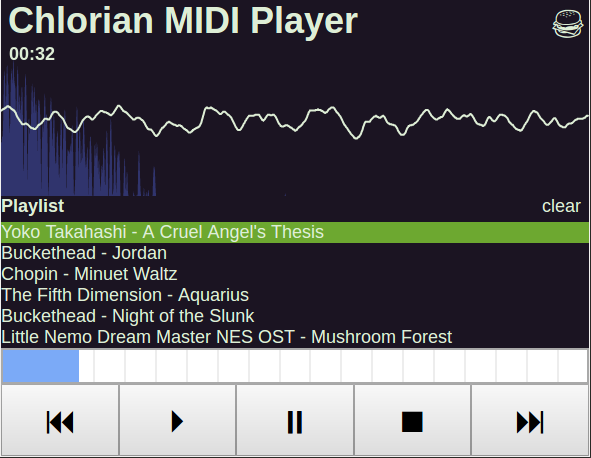Over the past two years I’ve been developing a multiplayer hockey game in CoffeeScript. What follows is a rough list of some things that I’ve learned.
And let’s be clear, these are all the mistakes I made before I got to the part where I built the game.
JavaScript
CoffeeScript is great as a programming language, but it’s still built on top of JavaScript. JavaScript has a few crippling problems when it comes to reusable libraries, like the lack of a require statement in the language itself. There are many tools that try to address this, falling mostly into two separate groups: compile/build tools and runtime tools.
Since I use CoffeeScript, a compile time tool fits well into my pipeline. For websites, generally I use Sprockets where you can explicitly require other files using special comments:
#= require player
#= require map
#= ...
This is good. Dependencies can be made explicit and you can require files from other files. The disadvantage is that this all happens during build time, so Sprockets itself doesn’t provide any way to require files at runtime. For rapid development some sort of guard script is needed to recompile all your files when any change. In practice this takes less than a second and changes are immediately available when refreshing the page.
Requirejs is an alternative that provides support for requiring additional files at runtime. This approach is great for development, but still requires a compilation step for optimizing distribution.
Either of these approaches work fine and the correct one to choose depends mostly on how well they integrate with the rest of your toolchain.
These problems would be mitigated greatly by a reliable and robust, game development-specific framework similar to Rails. There are many JS web development frameworks. There are even some that fit certain definitions of robust and reliable. I’ve even spent years trying to create one with its own crippling problems, but that’s a tale for another time.
As of yet I haven’t found any that I could recommend, and that’s coming from someone who spent three years building one. The features that I think are essential are:
- Command line support
- Packaging for web/download deployment
- Rapid development environment
- First-class testing environment
- Extensions to core JavaScript libraries
- Additional libraries specific to games
- Dependency management as good as Bundler
Many people are working on these issues. For each one there are many attempts, but there isn’t yet an opinionated framework that brings them all together in a way that developers can get started with quickly and easily. The biggest problem is that even by choosing the most popular tool for each issue, you rapidly become the only person in the world who has used each of those tools together.
Distribution
HTML games provide a great multi-platform distribution mechanism: a website that players can go to and play the game directly in the browser. For selling a direct download, a zip file with a run.html file is easy to create – it’s pretty much the same as a zip of the website. Linux/Mac/Windows compatibility is practically free, though the major issue would be the player’s choice of browser. If it is extremely important that the game be played in a quality browser, Chrome Portable can be bundled with the game or provided as a separate install step.
Sharing with testers is also easy, just send a zip or link to the page where you’re developing your game. You could even host everything on Github Pages.
Gamepads
Gamepad support is now quite good in Chrome, but needs support from other major browsers. There are native plugins available that will enable all browsers on all platforms to provide equivalent gamepad support, but it’s too much trouble to assume players will install a plugin and too much additional work for developers to implement as well. Maybe if a plugin matched the API more exactly it would mitigate this from a developer perspective, but asking players to install native plugins defeats much of the gains from an HTML experience.
On the bright side, when playing Red Ice using Chrome, the gamepad support is better than most popular indie games. (Binding of Isaac, I’m looking at you!)
Multi Player
In an attempt to alienate all potential players, I originally designed Red Ice to be played 3v3 locally using XBox controllers. As you can see from this chart, number of friends drops rapidly when owning more than three controllers.

Right now Red Ice is 2v2, and that’s probably correct. I do want to do more experimental games with more than four players locally, but with six or more players, screen real estate starts to become an issue.








